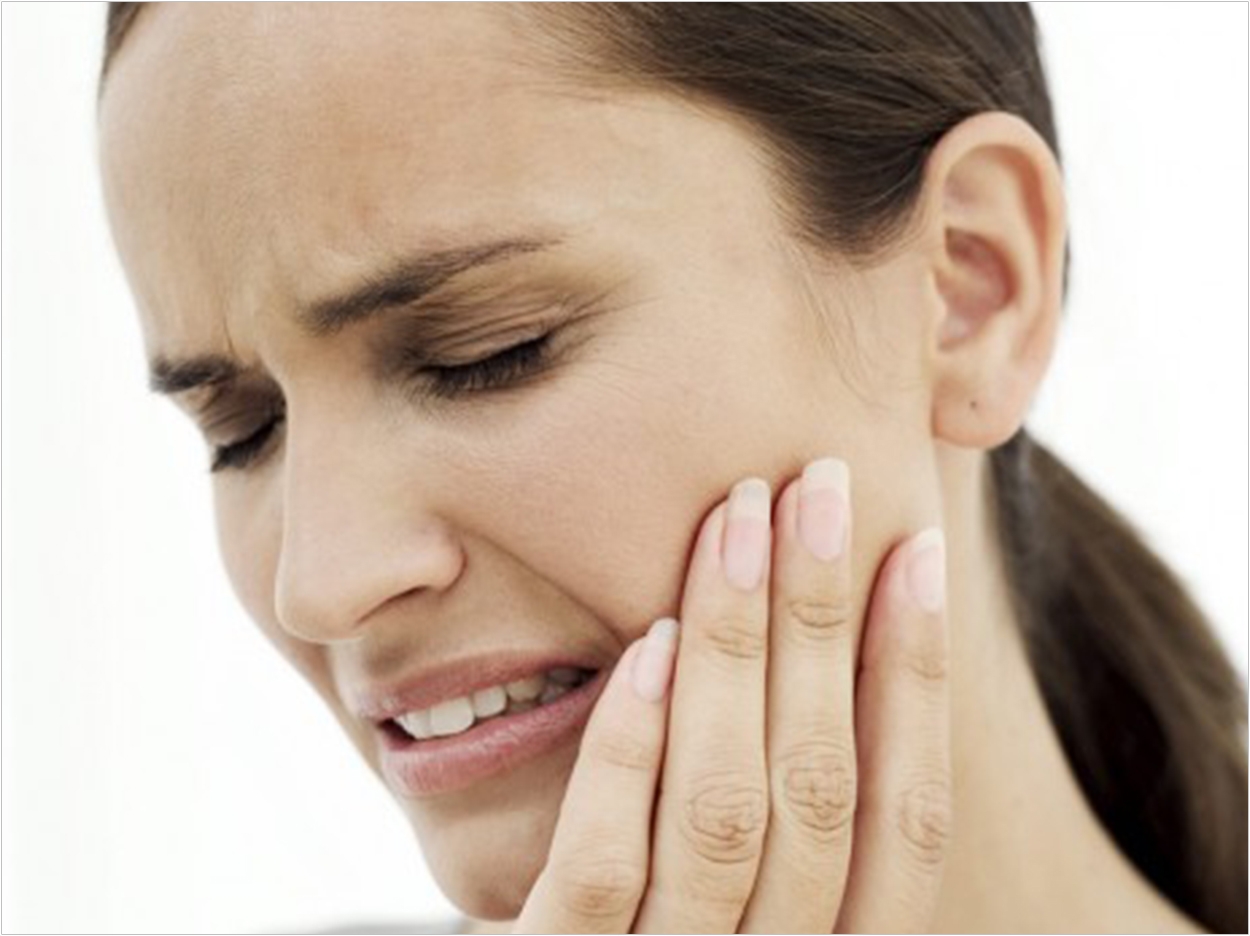
While oral appliances such as splints and bite guards are the most common treatment for facial pain from temporomandibular disorders (TMDs), patients rate them as less helpful than self-care treatments such as jaw exercises or warm compresses, according to researchers at the New York University (NYU) College of Dentistry who suggest that such self-care techniques should be the first line of treatment for muscle-related TMDs.
TMDs are common pain conditions that occur in the jaw joint and surrounding muscles. Known as myofascial temporomandibular disorder (mTMD), the muscular condition affects more than 10% of women. People with TMD often have other pain conditions as well. NYU Dentistry reports that 7% to 18% with TMD also meet criteria for fibromyalgia, a condition characterized by widespread pain.
Dentists and patients use a variety of treatments to manage facial pain, including oral appliances such as splints and bite guards, pain medications such as nonsteroidal anti-inflammatory drugs, and self-care techniques such as jaw exercises and warm compresses.
“Oral appliances are a common first-line treatment for TMD despite mixed research results regarding their benefit. Even when oral splints have been found to have some benefit, they have not been found as effective for patients who also have widespread pain in the treatment of mTMD,” said Vivian Santiago, PhD, MPH, assistant research scientist in the Department of Oral and Maxillofacial Pathology, Radiology, and Medicine and the study’s lead author.
The study explored what non-medication treatments women with mTMD use to manage their pain and how effective patients perceive the treatments to be. The researchers examined and interviewed 125 women with mTMD, including 26 who had both mTMD and fibromyalgia to determine whether treatment differed for patients with widespread pain.
The most common treatments were oral appliances (used by 59% of the subjects), physical therapy (54%), and at-home jaw exercises (34%). Less common treatments included acupuncture (20%), seeing a chiropractor (18%), trigger point injection (14%), exercise or yoga (7%), and meditation or breathing (6%). Participants often used more than one treatment, with an average of 2.4 treatments.
The subjects reported the most improvement in their pain from common self-care activities, including jaw exercises, yoga or exercise, meditation, massage, and warm compresses, with more than 84% reporting that these activities helped them at least a little. In contrast, only 64% of those who used oral appliances, the most popular treatment, reported that they helped at least a little. Also, 11% of the women who used oral appliances said they made their pain worse.
“Oral appliances did not outperform self-management care techniques in improving facial pain. Our results support the use of self-management as the first line of treatment for mTMD before considering more expensive interventions,” said Karen Raphael, PhD, the study’s coauthor and professor in the Department of Oral and Maxillofacial Pathology, Radiology, and Medicine.
The researchers did not find significant differences between the number of treatments reported by women with and without fibromyalgia. While the use of alternative treatments such as acupuncture and the use of a chiropractor was reported more frequently among women with fibromyalgia and mTMD, they did not necessarily find more relief. Also, physical therapy was used equally by women with and without fibromyalgia, but self-reported improvement tended to be higher for those with fibromyalgia.
“While fibromyalgia is diagnosed by a physician, usually a rheumatologist, TMD is usually diagnosed and treated by a dentist. Our research suggests that dentists should ask patients with facial pain about whether they also have widespread pain, as this could provide more information to help plan their treatment,” said Santiago.
“Although clinical trials are critical for understanding treatment efficacy, our study highlights the importance of listening to people suffering with TMD to understand which treatments are the most beneficial,” said Raphael.
The study, “Perceived Helpfulness of Treatments for Myofascial TMD as a Function of Comorbid Widespread Pain,” was published by Clinical Oral Investigations.
Related Articles
Precision Medicine Overcomes Painful TMD Treatment
Technology and MAGO Can Help Chronic Migraines Amplified by TMD
TMD Treatment May Alleviate Meniere’s Disease












